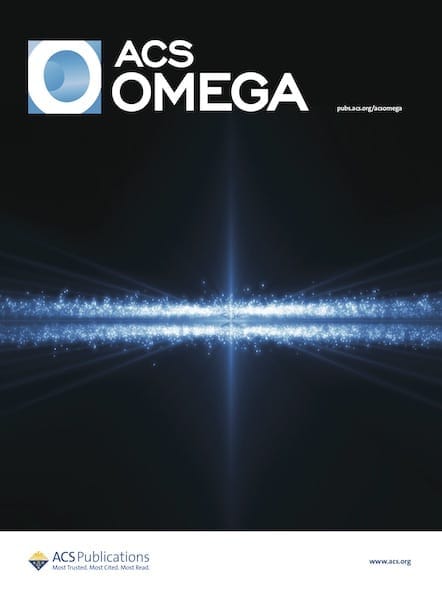ACS Omega published its 1,000th article of 2017 in late December. The article, “Indolizine-Based Scaffolds as Efficient and Versatile Tools: Application to the Synthesis of Biotin-Tagged Antiangiogenic Drugs,” marks a milestone in the journal’s growing prominence and popularity which ended 2017 with 1,008 published articles. The 1,000th article describes the design and optimization of polyfunctional […]

ACS Omega published its 1,000th article of 2017 in late December. The article, “Indolizine-Based Scaffolds as Efficient and Versatile Tools: Application to the Synthesis of Biotin-Tagged Antiangiogenic Drugs,” marks a milestone in the journal’s growing prominence and popularity which ended 2017 with 1,008 published articles.
The 1,000th article describes the design and optimization of polyfunctional scaffolds based on a fluorescent indolizine core derivatized with various orthogonal groups. The paper details the creation of a new biotin-modified scaffold convenient to prepare biotin-tagged drugs for cellular targets identification using proteomics analysis.
The article’s nine authors are Marie Arvin-Berod, Agnès Desroches-Castan, Simon Bonte, Sabine Brugière, Yohann Couté, Laurent Guyon, Jean-Jacques Feige, Isabelle Baussanne, and Martine Demeunynck, working out of Université Grenoble Alpes in France. Some of the paper’s authors are publishing their first work in an ACS publication. Others have a decades-long history of publishing in ACS journals as diverse as Analytical Chemistry, Bioconjugate Chemistry, the Journal of the American Chemical Society (JACS), the Journal of Medicinal Chemistry, The Journal of Organic Chemistry, and The Journal of Physical Chemistry B.
Read their work, published as ACS Omega’s 1,000th article:
Indolizine-Based Scaffolds as Efficient and Versatile Tools: Application to the Synthesis of Biotin-Tagged Antiangiogenic Drugs
ACS Omega, 2017, 2 (12), pp 9221–9230
DOI: 10.1021/acsomega.7b01184
All articles in ACS Omega are published under an ACS AuthorChoice license. This open-access license means the papers are free to read for everyone. This increases an article’s readership within academic circles but also opens it up to readers from a variety of other backgrounds, such as industry, policy institutions, the media and even the general public.
